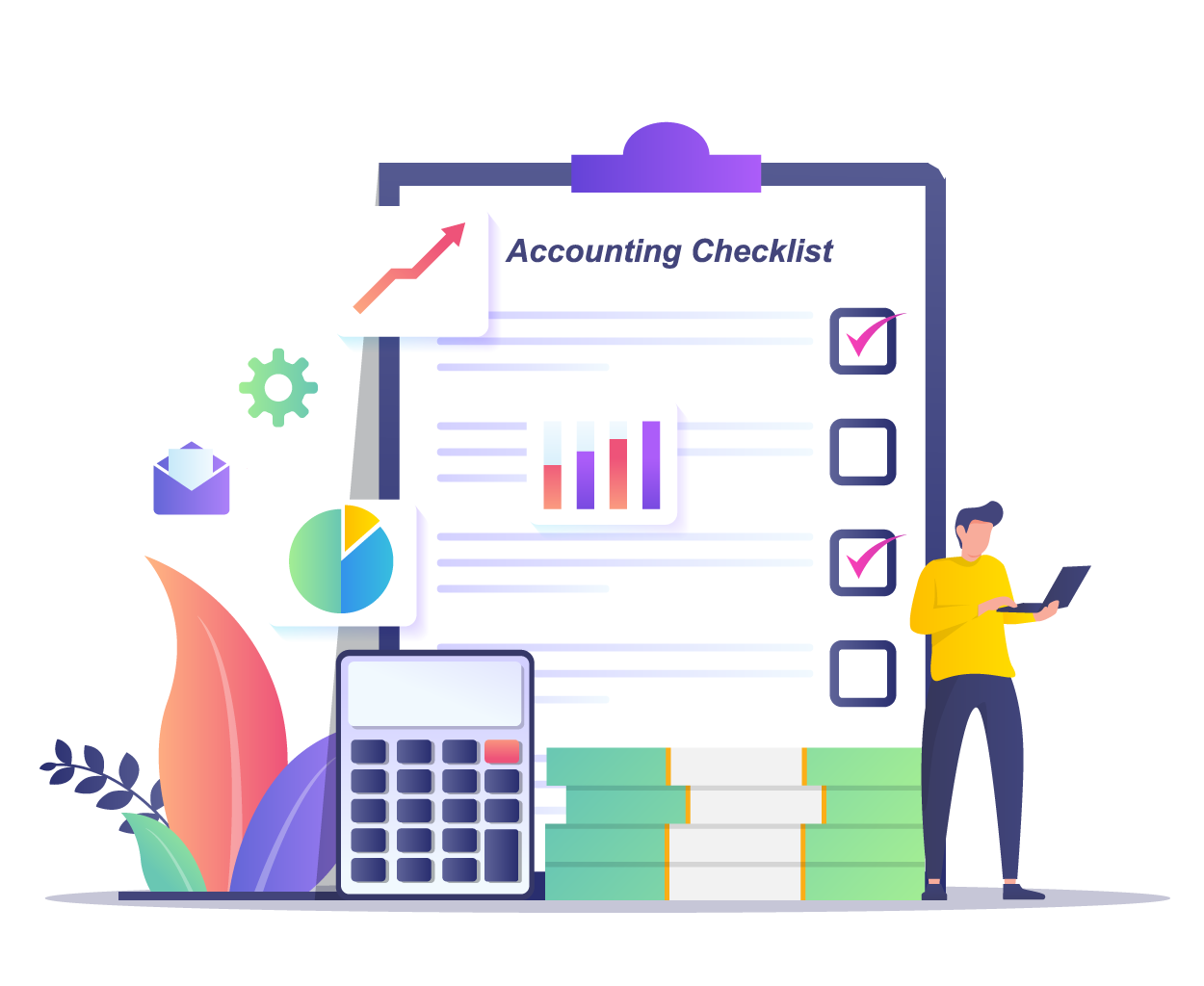Is your law firm’s accounting software causing headaches, frustration, and general annoyance among its users? If so, it may mean it’s time for a change.
As your law firm evolves, so do its needs, especially when it comes to accounting and practice management support.
But how do you know when it’s the right time to upgrade your law firm accounting software?
The decision to switch is far from trivial. Changing your accounting system is a strategic move that can significantly impact your firm’s operational efficiency, not to mention your bottom line.
That’s why we’ve provided a roadmap for making this critical decision. We identify the signs indicating it’s time for a change, the challenges you might face, and how to navigate them.
Whether you’re a small firm looking to scale or a mid-size firm aiming for streamlined operations, this guide is designed to equip you with the insights you need to make an informed decision.
The challenge of changing accounting software
Switching accounting software is a significant undertaking for any law firm, fraught with both opportunities and challenges.
While the end goal is to enhance efficiency, security, and profitability, the road to get there can be winding and, at times, bumpy—especially if you’re trying to figure out how to get from point A to point B on your own.
Here are a few common challenges to changing your accounting software:
Fear of the unknown
Transitioning to a new system means learning new features, adapting to a different user interface, and potentially changing how you’ve handled your firm’s finances. This can be daunting, especially when you’re already juggling responsibilities.
Data migration concerns
Another challenge is the safe and accurate migration of data from your old system to the new one. This involves financial records, client information, case histories, and other sensitive data. A single error in data migration can lead to botched invoices, client distrust, compliance issues, and legal repercussions.
Business disruption
Switching systems can come with a learning curve that temporarily disrupts your firm’s operations. Whether it’s the time spent on training staff or the initial hiccups as you adapt to the new system, these disruptions can have short-term impacts on your service delivery and client satisfaction.
Finances
Of course, there’s the financial aspect to consider. While feature-rich software can offer long-term ROI, the initial investment can be a concern for smaller firms operating on tight budgets.
Signs it’s time to switch your legal accounting software
While the challenges of switching accounting software are real, clinging to an outdated or inefficient system can be even more detrimental to your firm’s success. Here are some key signs it might be time to make the move.
System no longer works for you
If you find yourself constantly working around limitations, experiencing frequent software crashes, or dealing with a lack of essential features, it’s a clear sign your current system is no longer serving your needs. An inefficient system can drain your time and resources, taking your focus away from what truly matters.
Lack of scalability
As your firm grows, so should your software. If your current system can’t adapt to an increasing number of clients, cases, or even staff members, you’re setting yourself up for operational bottlenecks. Scalability is not just about accommodating growth; it’s about facilitating it.
Need for better security
In the legal industry, the importance of data security cannot be overstated. Client confidentiality is paramount, and any breach can lead to severe consequences. If your current software lacks robust security features, it’s time to look for an alternative that prioritizes this critical aspect.
By paying attention to these signs and acting accordingly, you can make a well-informed decision that benefits both your firm and your clients.
How your law firm benefits from the right accounting software
When considering a switch to new accounting software, look for a solution that addresses immediate challenges and offers long-term benefits. Here are three essential elements.
You reduce risks in business and trust accounting
Legal-specific business accounting and trust accounting software offer features that simplify these complex tasks and are designed to keep your firm compliant with legal-specific accounting requirements, thereby reducing the risk of errors and compliance issues.
You eliminate bottlenecks and inefficiencies in billing
When you use an accounting solution that integrates with your legal billing software, you can streamline your billing process. This integration eliminates the need for manual data entry, reducing the likelihood of errors and saving valuable time.
You create a more comprehensive tech stack
The right comprehensive solutions offer a practice management platform with robust accounting and billing modules. This creates a unified and efficient hub for managing your firm.
Moreover, the ability to integrate your accounting software with other business applications is invaluable. Look for third-party integrations that extend the functionality of your new software beyond just accounting and practice management.
It’s important to regularly review and have a deep understanding of your financial health to ensure that errors will be caught and performance can be analyzed. Always knowing the status of your business allows for adequate planning and, if necessary, a change of course before it is too late!
Three steps to taking the headache out of switching your law firm’s accounting software
Recognizing the signs that it’s time to switch is only half the equation. The other half involves taking the right steps to reduce the hassle.
1. Choose the right time to make the change
Timing is everything. Consider making the switch during a slower period when your team has the bandwidth to adapt to the new system. This allows for a smoother transition and minimizes disruptions to your ongoing cases and client interactions.
2. Consider your firm’s goals and the needs of staff
Before making any significant change, it’s crucial to align it with your firm’s long-term goals and the immediate needs of your staff. Conduct internal surveys, hold discussions, and analyze your operational metrics to ensure that the new software will be a good fit for everyone involved.
3.Prep everyone to make the change
Preparing your firm for the change involves both technical readiness and the willingness to adapt to new ways of working. A well-prepared team can significantly ease the transition, reducing the time and resources required for training and adaptation.
To lay the groundwork for a successful staff transition, put the following in place:
- Outline a transition plan: this plan should be shared with everyone impacted by the change. Establish a clear timeline, anticipate questions, and make time to answer questions.
- Review all data that needs to be transferred (and back it up!): this is a valuable opportunity to clear out old data. Cleaning up data before the transition not only makes the migration process smoother but can increase your data security in the long run.
- Train, train, train: what do the most successful software switches have in common? All end users were well-trained on the software. The good news is that you don’t have to do all the training yourself. Your new accounting software should provide plenty of resources for your team, including webinars, regular training opportunities, and a frequently updated knowledge base.
CosmoLex is ready when you are
CosmoLex provides a comprehensive set of features designed to meet the nuanced needs of law firms.
With its focus on specialized accounting features and seamless integrations, CosmoLex provides a practical and efficient solution for law firms.
Ready to make the switch? Start a 10-day free trial of CosmoLex or schedule a personalized demo today!
It’s important to regularly review and have a deep understanding of your financial health to ensure that errors will be caught and performance can be analyzed. Always knowing the status of your business allows for adequate planning and, if necessary, a change of course before it is too late!


